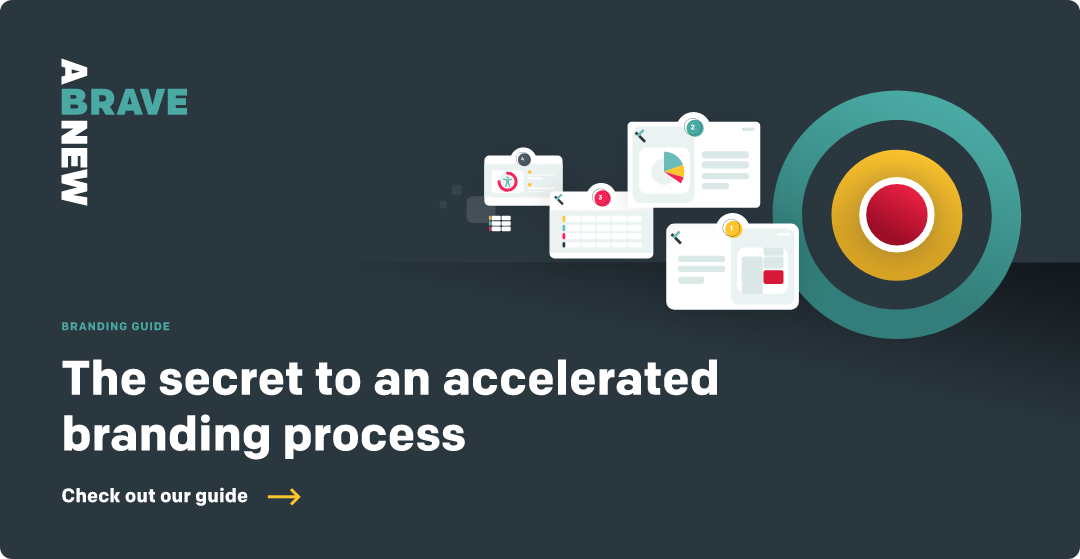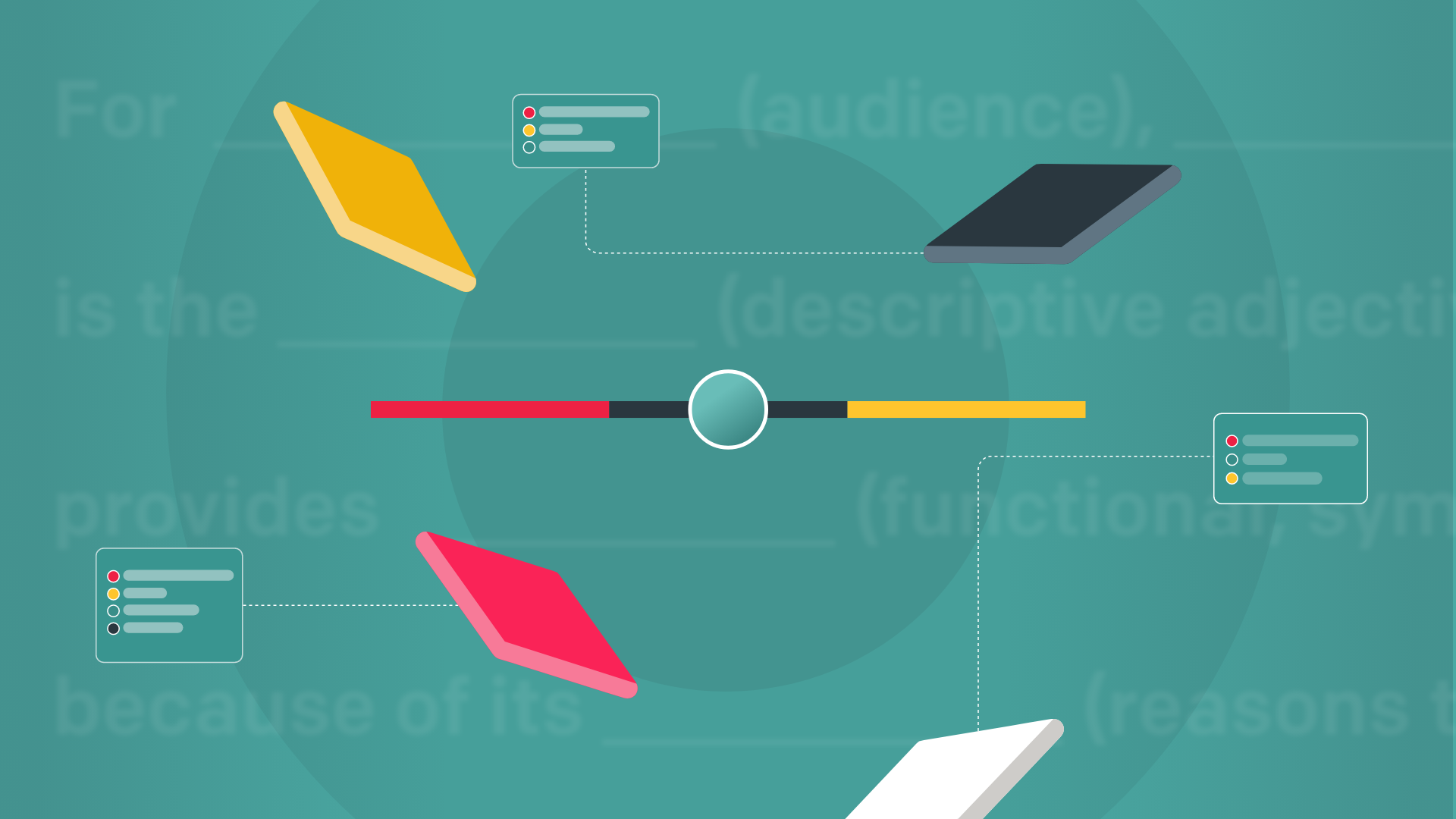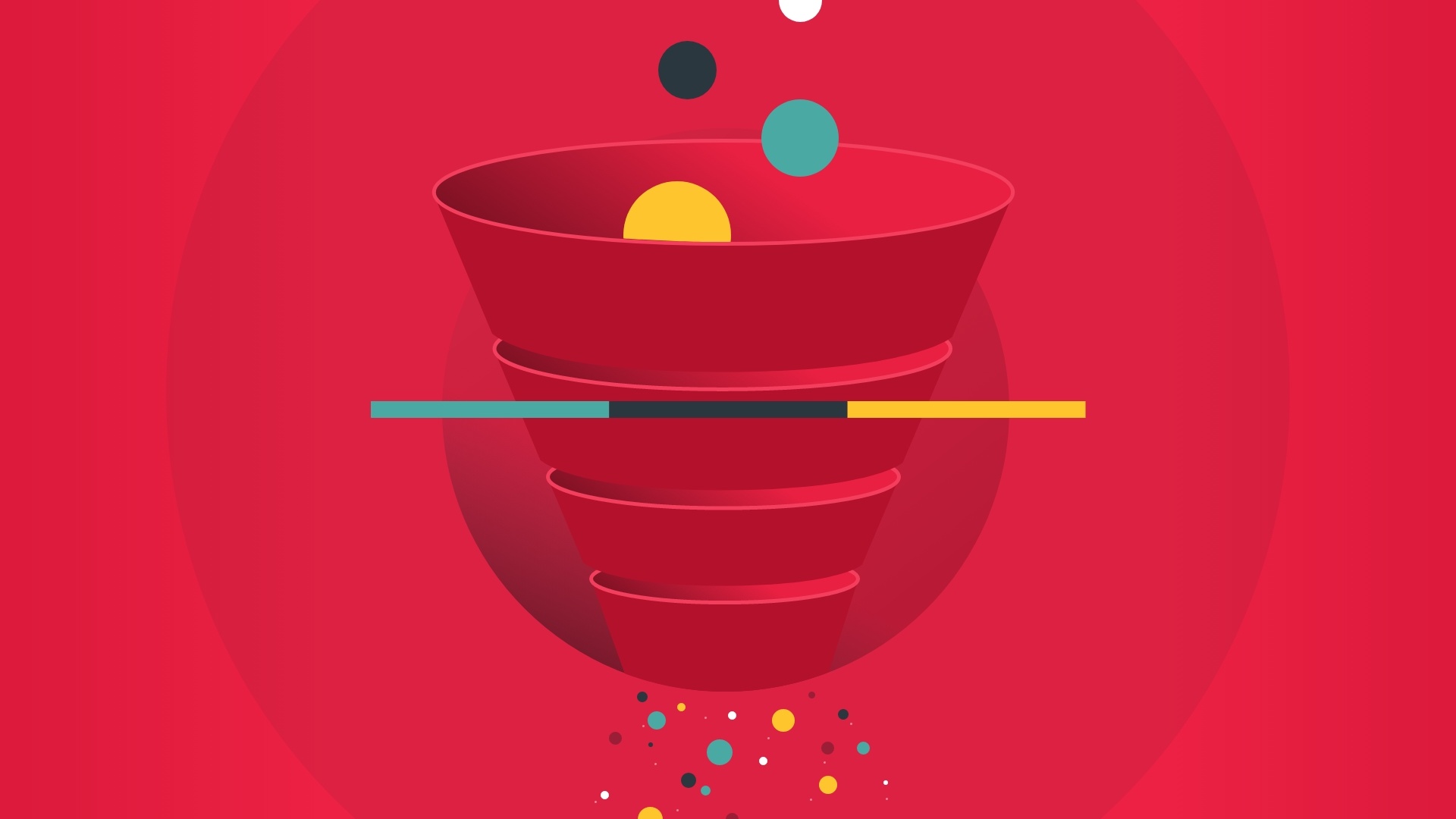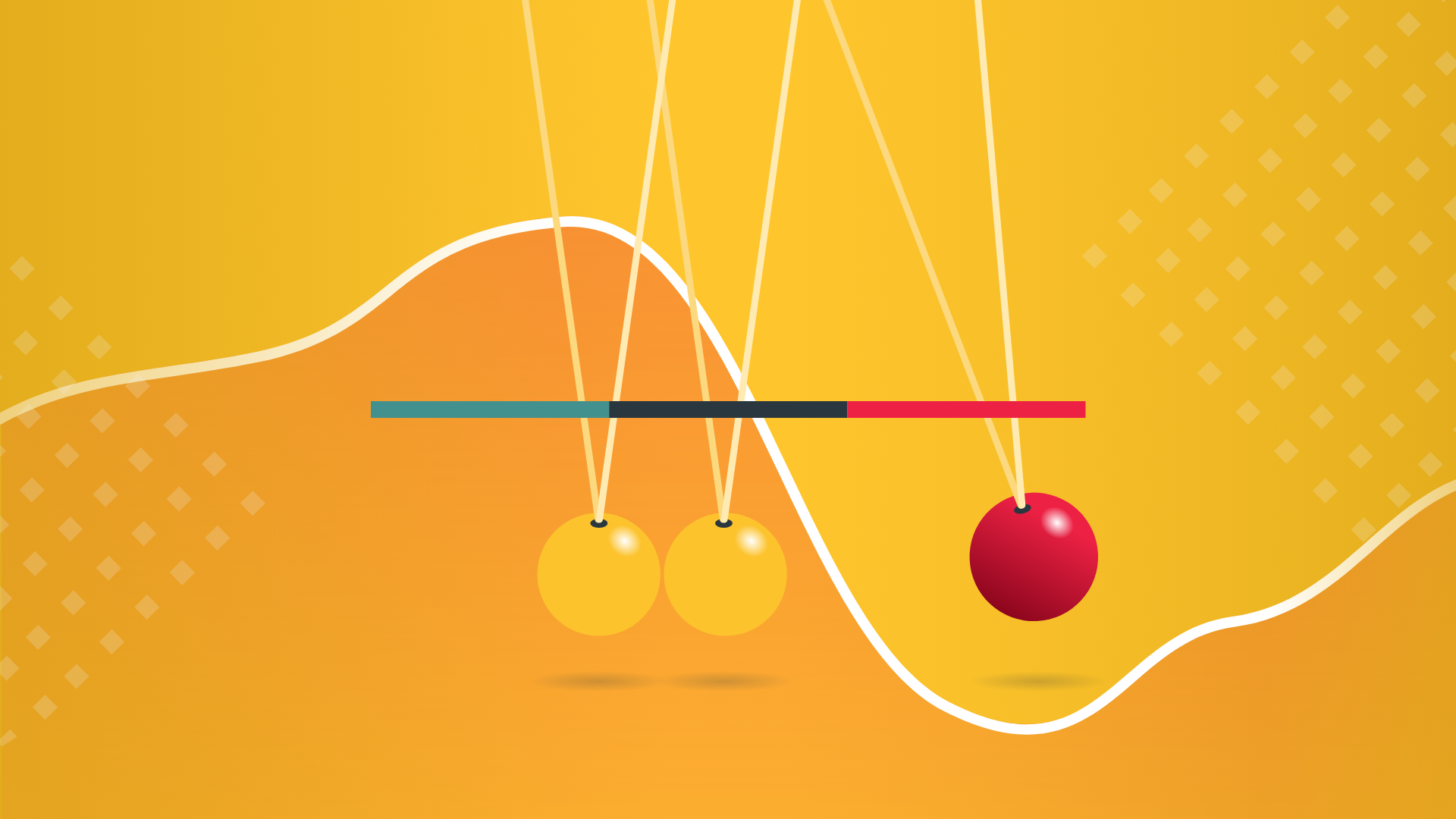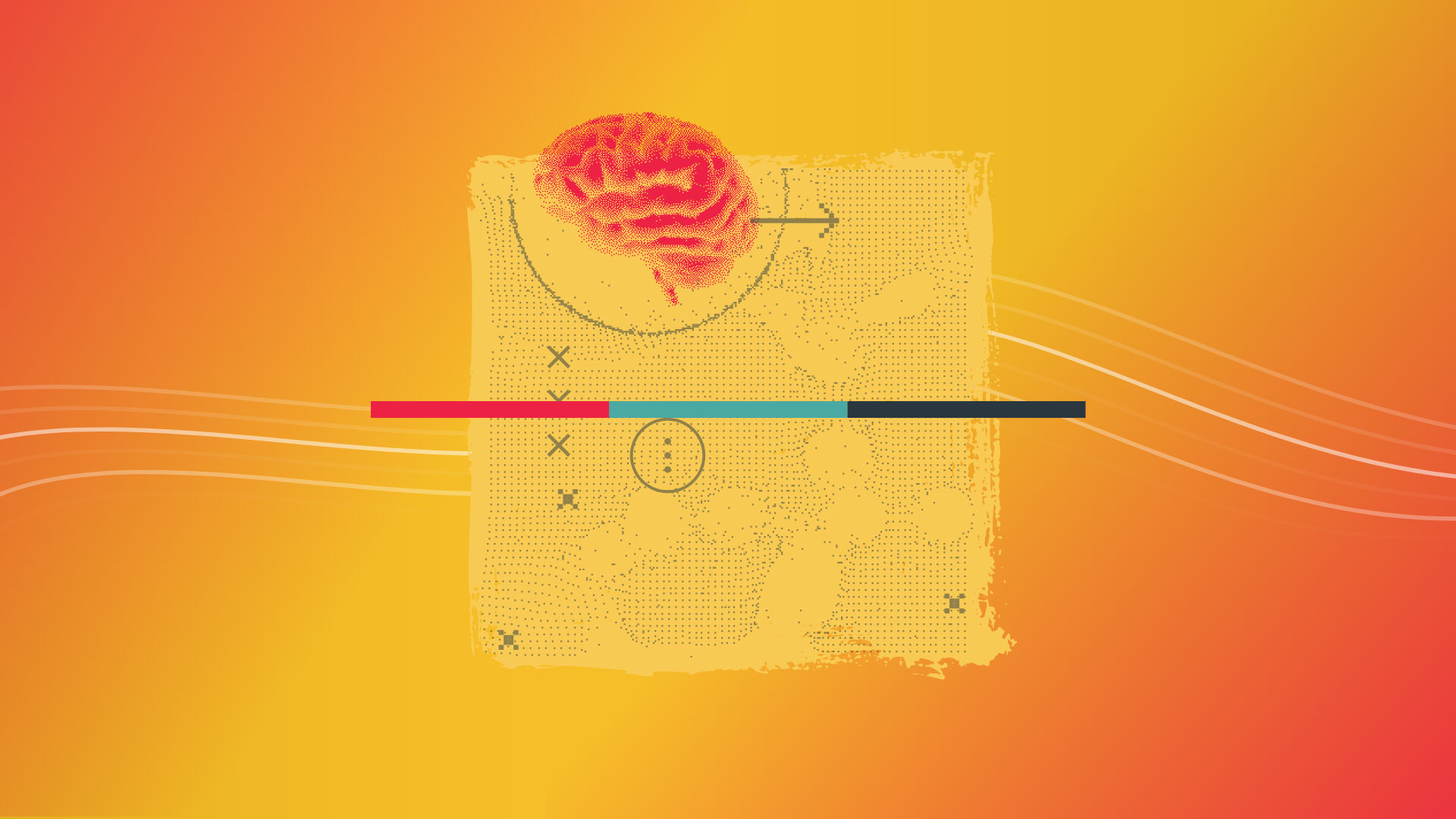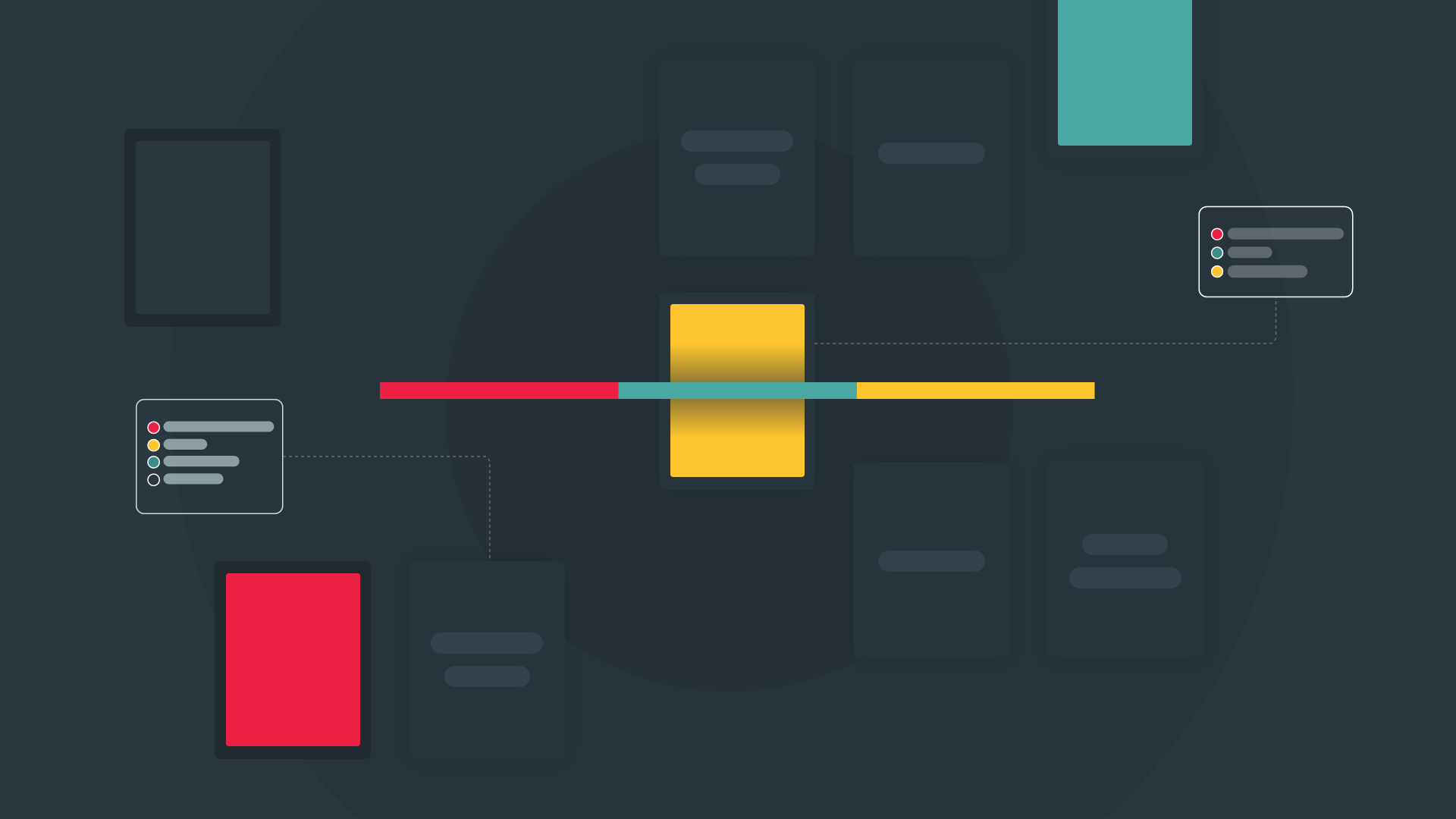This is the fifth in a series of posts unpacking the key concepts at the core of your brand strategy. At A Brave New, we call these your brand drivers.
A company is only as important as the memory it leaves in its customers’ minds. And each business must curate that memory diligently. That’s difficult to do if you aren’t clear on what that memory should be, which is where the brand drivers come in.
Brand drivers have their roots in the Integrated Branding method. We think of them in simple terms: Brand drivers are the building blocks at the center of your brand that define what makes you unique and memorable. Stated another way, while your mission and vision are what you do and what you are trying to accomplish, your brand drivers are the unique way that you accomplish your mission and vision.
In this series, we’ll be spending time unpacking each of the following brand drivers:
- Essence & promise
- Core attributes
- Brand positioning statement
- Personality
- Benefit ladder (this post)
- Decision-making filter
Today we’ll explore the benefit ladder.

What is a brand benefit ladder?
Once you’ve defined your brand essence, the promise you’re making to your customers, and how you’ll live out your essence, it’s time to begin thinking about how to architect the experience that customers and potential customers will have when working with you.
When a company begins this process, they typically focus on the black and white aspects of the customer journey. X and Y happen during the sales process. Z happens once we’ve signed the customer. It’s easy to talk about the specific interactions you will have with customers, but a benefit ladder allows us to go deeper and architect what each experience will feel like.
The brand benefit ladder defines the following for a brand:
Products & Services: What you do for customers
Functional Benefits: The practical outcomes that you provide through your products and services
1st Order Emotional Benefits: The emotions you want a customer to feel during an interaction with your brand
2nd Order Emotional Benefits: The emotions you want a customer to feel after they interact with your brand
Highest Order Emotional Benefit: How you want someone to look at themselves differently after engaging with your brand
As you can see from this list, the brand benefit ladder is a useful framework to identify the way you want each interaction with your customers to feel. This allows you to then go back to each customer interaction and ask what you need to do differently as you build out a unique brand experience.
Why does a benefit ladder matter?
I’ve spent most of the last 10 years working with B2B clients. A Brave New focuses on companies in the technology and healthcare sectors, with a special focus on healthcare technology. The sectors that we work in aren’t known for being highly emotional. There’s a high value placed on objectivity and facts.
Some may say this makes the benefit ladder irrelevant. I believe the opposite is true. If you’re operating in a sector that tends to primarily make rational and data-driven decisions, understanding the emotions you want to evoke gives you a competitive edge.
Emotions have a strong connection to the decisions we make, even if we are striving to be rational and choose based solely on facts. So, creating a brand that builds emotional connections with your customers and, in the best case, transforms how they perceive themselves will make a massive impact on someone’s purchase decision and ultimate loyalty to your brand.
And, in a competitive pitch, if two products are similar, they will choose based on the one they have the most emotional connection with.
Not convinced? I think an extended excerpt from an article explaining the findings of a joint Google and CEB's Marketing Leadership Council research study will be helpful:
Forging emotional connections with consumers has long been at the heart of business-to-consumer (B2C) marketing. For business-to-business (B2B) marketers, it’s not so simple. They ultimately need to reach business decision makers, but those customers deal with the influences of purchasing committees, third-party buying consultants and corporate procurement processes. This framework distances marketer from customer and assumes a “rational” frame that’s devoid of emotion.
However, we tend to forget that whenever there are people trying to work together to make a decision, there will be interpersonal and, inevitably, emotional forces at work. With this in mind, could B2B marketing rely on emotional connection even more than B2C?
To find out, Google and CEB’s Marketing Leadership Council worked with marketing research firm Motista to survey 3,000 purchasers of 36 B2B brands across multiple industries. We wanted to uncover the reality beyond the basic assumptions that drive B2B marketing and communications. Using the same methodology as their B2C research, we were able to directly compare B2B results to Motista’s baseline consumer data.
Not only did the B2B brands drive more emotional connections than B2C brands, but they weren’t even close. Of the hundreds of B2C brands that Motista has studied, most have emotional connections with between 10% and 40% of consumers. Meanwhile, of the nine B2B brands we studied, seven surpassed the 50% mark. On average, B2B customers are significantly more emotionally connected to their vendors and service providers than consumers.
While it may seem surprising at first, this high level of connection with B2B customers makes a lot of sense. When a personal consumer makes a bad purchase, the stakes are relatively low. Best case, it’s returnable. If not, it might require an explanation from a spouse. Business purchases, on the other hand, can involve huge amounts of risk: Responsibility for a multi-million dollar software acquisition that goes bad can lead to poor business performance and even the loss of a job. The business customer won’t buy unless there is a substantial emotional connection to help overcome this risk.
Understanding how to build and solidify emotional connections with your customers is essential. A brand benefit ladder helps you do that in an intentional way.

What are some examples of brand benefit ladder?
Below I’ve shared the benefit ladders we created in the past for customers. I think you’ll find them instructive. To keep them anonymous we haven’t shared the products & services or functional benefits.
Example 1: B2B HealthcareTechnology Client

Example 2: B2B Technology Client

How to create your brand benefit ladder
Before you begin working on a brand benefit ladder, I encourage you to spend time defining your core identity attributes and brand personality. Understanding how you want to live out your brand essence and the personality you want to have will influence the emotions you want to evoke. But that isn’t where you should stop. Consider following these steps:
- Build a customer journey map (if you don’t already have them)
- Talk as a team about what magic moments, or moments of connection, cause customers to move further in their journey with you
- Think through the aha moments customers have in the buying journey
- Talk with the customers who love you the most about why they love you, what made them love you in the first place, and if/how they look at their work differently because of you
- Fill in the brand benefit ladder
If you want to dig deeper into how to identify the emotions that will drive the most connection with customers, I encourage you to check out The New Science of Customer Emotions from the Harvard Business Review.
As you get started, remember there’s no reason you must go through each of these steps strictly in order, but you must make sure that you do one thing: talk to your customers. Emotional connection involves two parties: your brand and your customers. Getting input from both sides is essential.
Thanks for reading this fifth post on branding fundamentals. Read the next post in this series on decision-making filters here.
If you want to learn more about A Brave New’s approach to branding, check out our guide: The secret to an accelerated branding process.
Don’t miss out, get Brave News now
Join the ABN community and be the first to learn about trends in inbound marketing, branding, and web design.


